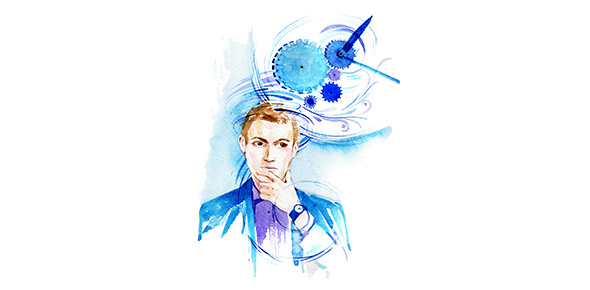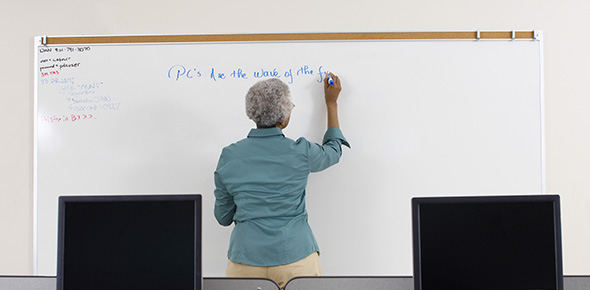Related Flashcards
Related Topics
Cards In This Set
| Front | Back |
|
Learning Theory
|
Understanding the scientific principles governing how animals learn. Since all learning is governed by these basic principles, understanding them can help you develop proper training skills.
|
|
Essential elements in teaching a dog to learn include:
|
Motivation, reinforcement, and punishment.
|
|
Motivation
|
Is a conscious or unconscious need, drive, or desire that incites a person or animal to produce some action or behavior.
|
|
Reinforcement
|
Gives new strength or force to something. For training purposes, it gives new strength to a behavior. In order to increase the probability of a response, some sort of reinforcement needs to occur.
|
|
Two main types of reinforcement
|
1. Positive Reinforcement
2. Negative Reinforcement |
|
Reinforcement must be something meaningful enough for the dog to pursue (positive reinforcement) or try to avoid (negative reinforcement). Reinforcers are:
|
Items, actions, activities, or events that positively or negatively reinforce/increase a behavior or punish/reduce/eliminate a behavior.
|
|
Positive Reinforcement
|
Means the dog works to get things he likes. Positive reinforcement involves giving reinforcement at the moment the dog performs the desirable behavior to increase the likelihood that he will perform that behavior again.
|
|
Examples of Positive Reinforcers
|
Walks, Rubs, Playing with toys, Going outside, Attention, Playing with other dogs, Getting to sniff, Access to a favorite resting place, Petting, Food treats, Car rides, Scratches
|
|
Training Example
Desired behavior: You want the dog to stay off the couch. |
Positive reinforcement:
You positively reinforce the dog for staying off the couch by feeding him pieces of steak when he’s on the floor. Negative reinforcement: The dog gets relief from the prickly side of a plastic carpet runner positioned on the couch the instant he jumps off the couch. |
|
Punishment
|
Is the use of a penalty. When punishing stimulus is presented to a dog, it will decrease the likelihood of a particular behavior occurring.
|
|
The punishment must be something the dog feels is either:
|
Unpleasant enough to avoid experiencing (positive punishment) or valuable enough to avoid losing (negative punishment).
|
|
Desired behavior: The dog should not jump on people.
|
Positive punishment:
You squirt water in the dog’s face when he jumps on you instead of sitting in front of you. Negative punishment: You turn your back on the dog and remove your attention from him for two or three seconds to deprive him of your attention when he starts to jump on you. |
|
Two Primary Conditioning Behavior
|
Classical conditioning and operant conditioning.
|
|
Classical conditioning is also called “Pavlovian conditioning.”
|
Is best defined as the dog understanding a simple association.
Meaning: The dog never had to learn to salivate when he smelled food. The trainer made a simple association for the dog between bell and food until the dog anticipated food at the sound of the bell. |
|
Operant Conditioning
|
Is best defined as teaching a dog that the particular behavior he chooses to do has a particular consequence.
There is always a consequence to behaviors with operant conditioning. In the above example, the dog must learn to back away from the food at the sound of the bell in order to get the food. Since backing away from the food is not an automatic response to food (like salivating or moving toward food) but rather something the dog must learn to do, it qualifies as operant conditioning. |






